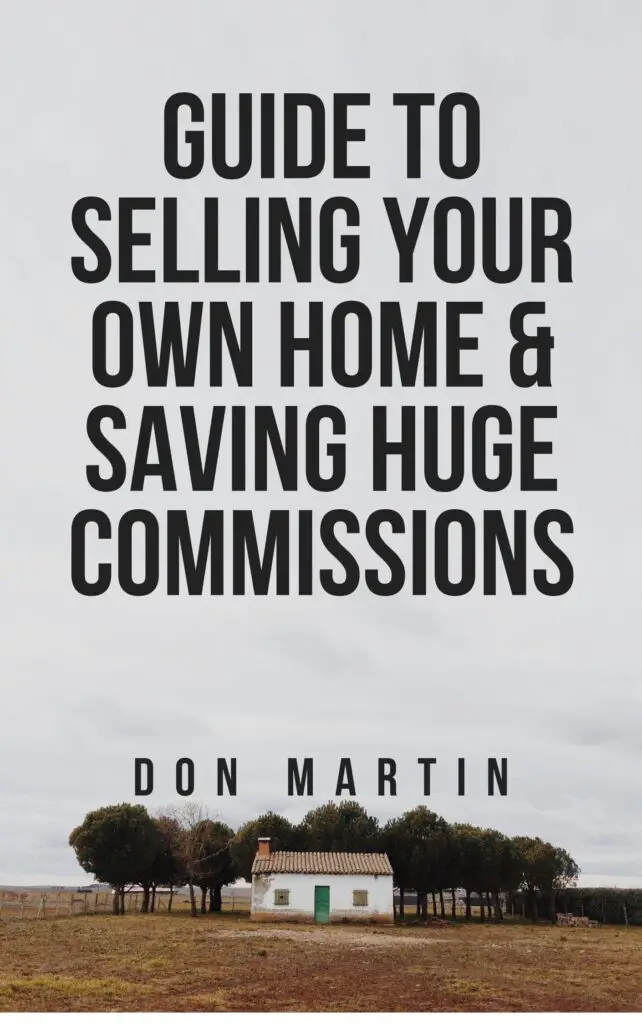Location: Homes in the same neighborhood typically follow the same market trends. Comparing your home to another in the same neighborhood is a good start, but comparing it to homes on the same street or block is even better.
Date of sale: It varies by location, but housing markets can see a ton of fluctuation in a short time period. It‘s best to use the most recent sales data available.
Please “LIKE” our FaceBook Page through this link. We can provide additional specials, offers, freebies, and even MORE content there than we can here on the website!
Home build: Look for homes with similar architectural styles, numbers of bathrooms and bedrooms, square footage, and other basics.
Features and upgrades: Remodeled bathrooms and kitchens can raise a home’s price, and so can less flashy upgrades like a new roof or HVAC system. Be sure to look for similar bells and whistles.
Sale types: Homes that are sold as short sales or foreclosures are often in distress or sold at a lower price than they’d receive from a more typical sale. These homes are not as useful for comparisons.
Here is a resource guide in case you decide to sell it yourself!
(This post may contain affiliate links, which means if you click, or make a purchase by clicking on them, I may receive a small commission, at no additional cost to you, that will help me continue to bring you valuable content. To that end, not all of the items on this page are affiliate links, as that is not a requirement to be on this page. Thanks for your support!)
We are a participant in the Amazon Services LLC Associates Program, an affiliate advertising program designed to provide a means for us to earn fees by linking to Amazon.com and affiliated sites.
Disclaimer | Privacy Policy | Terms of Use












